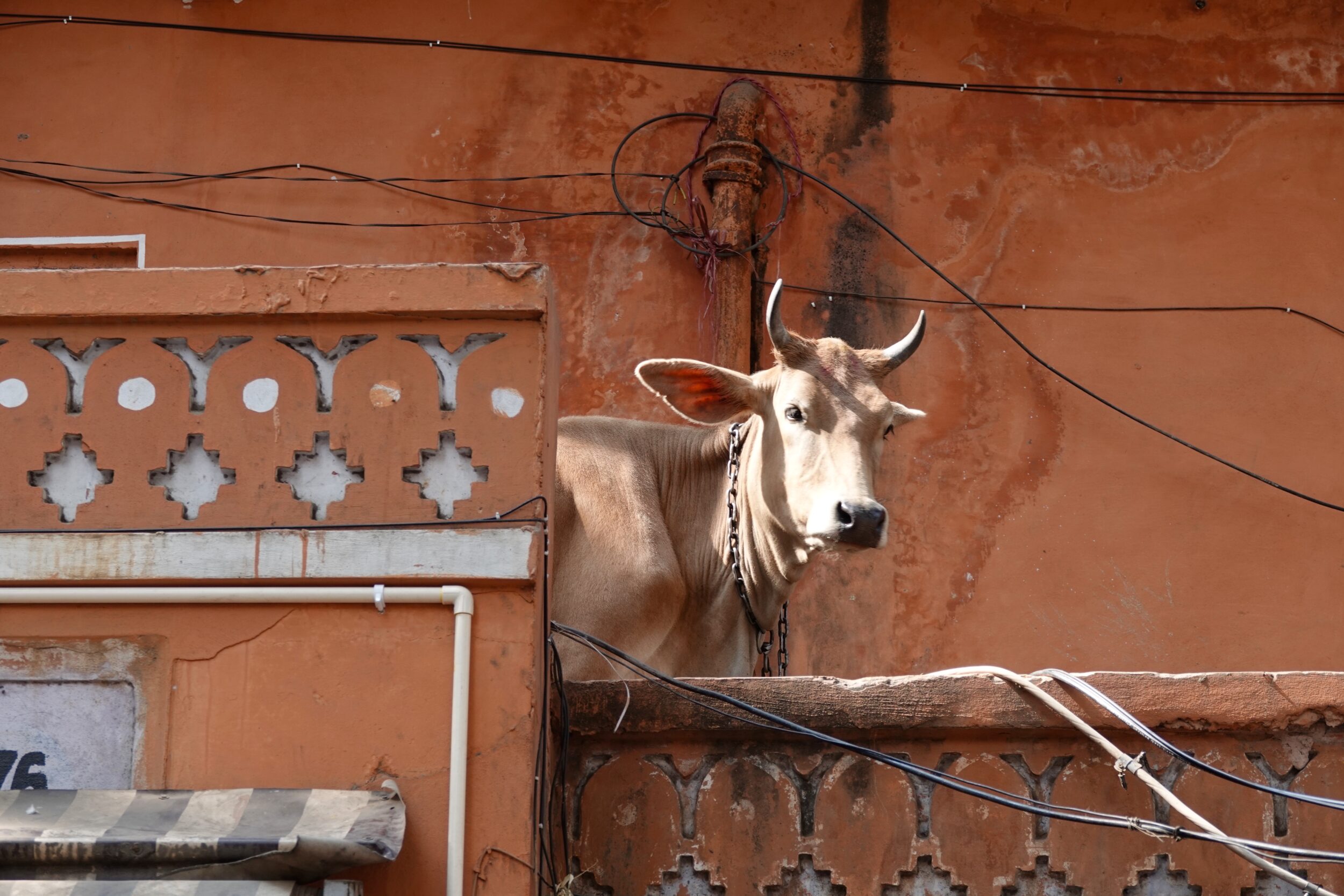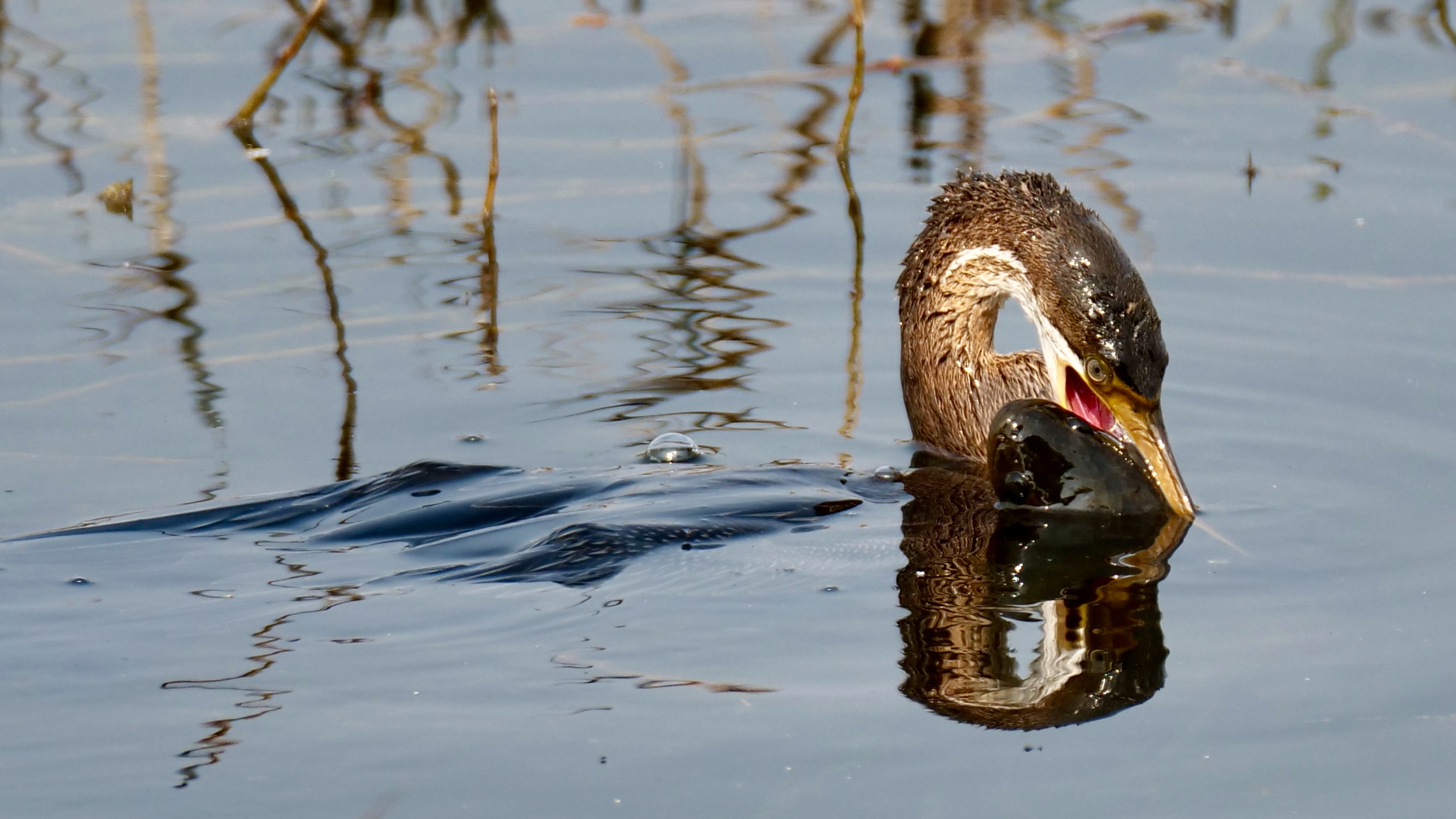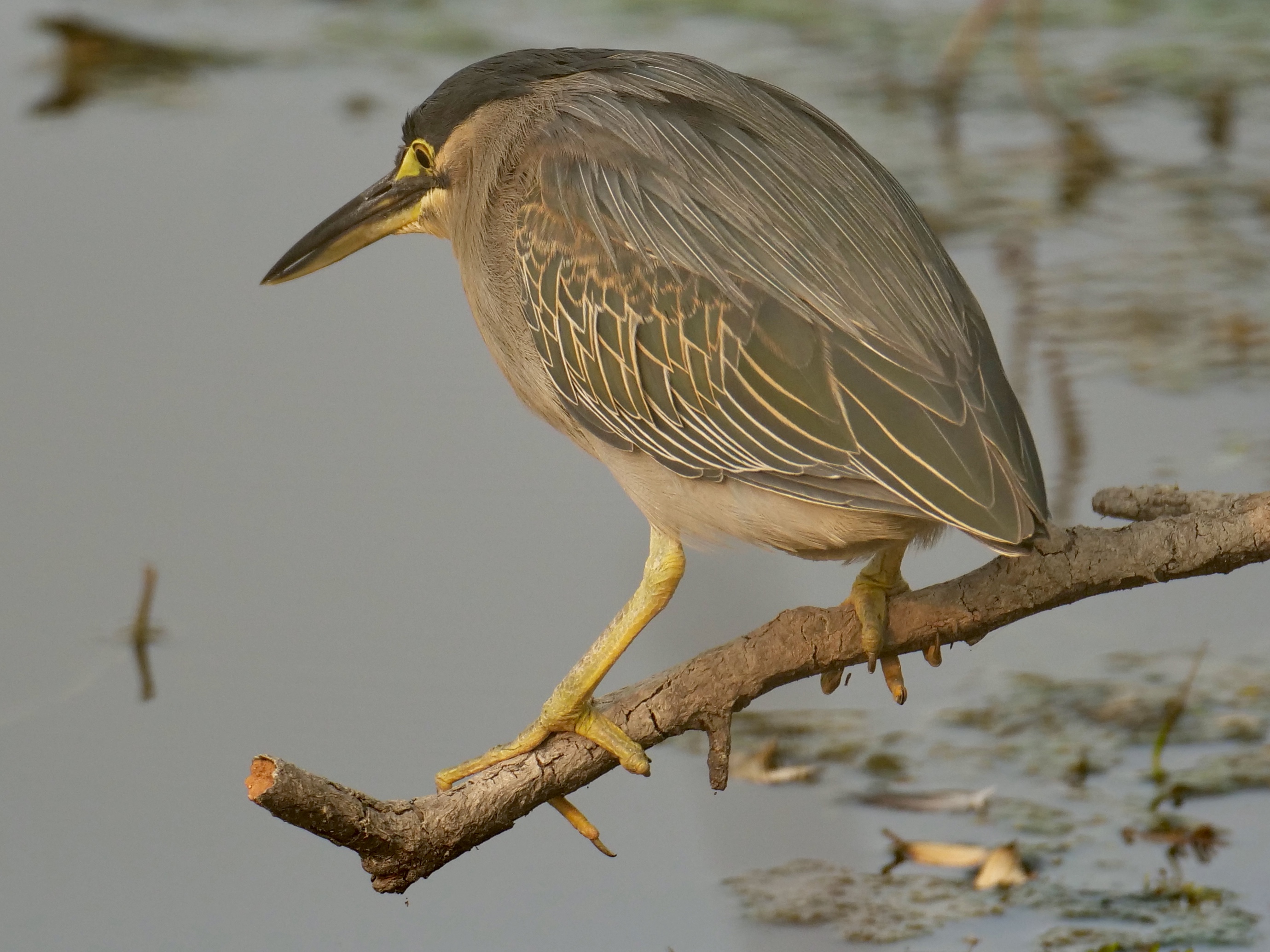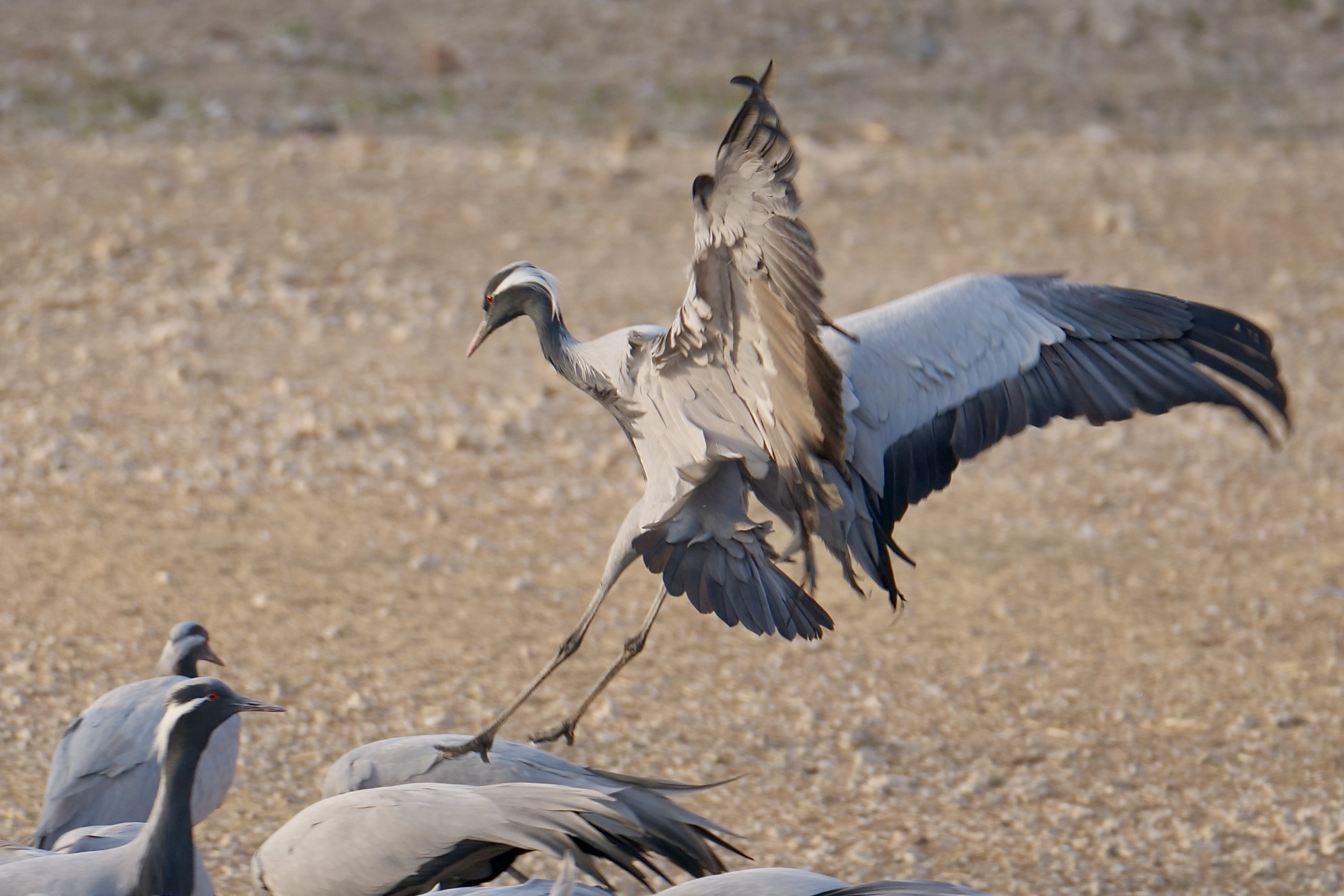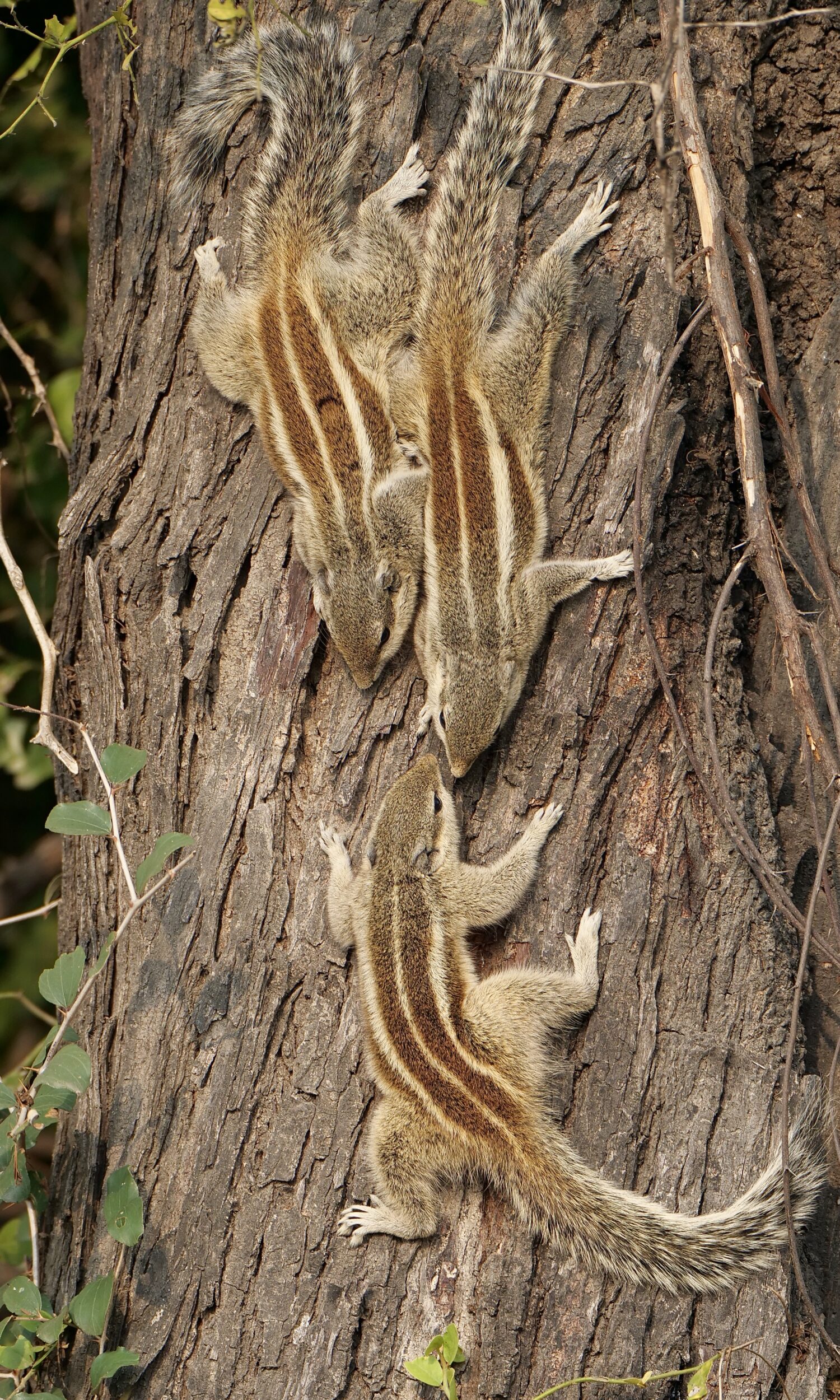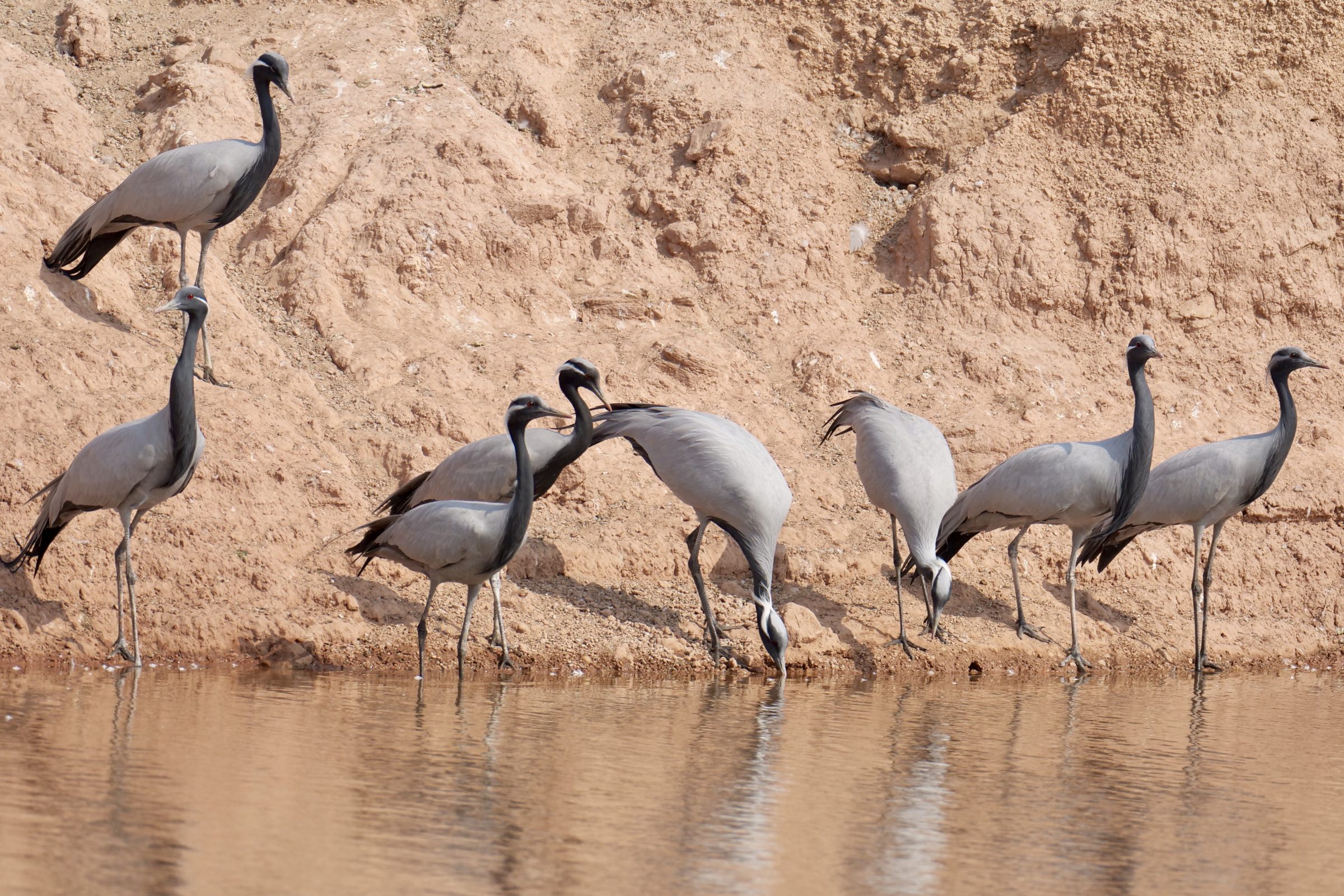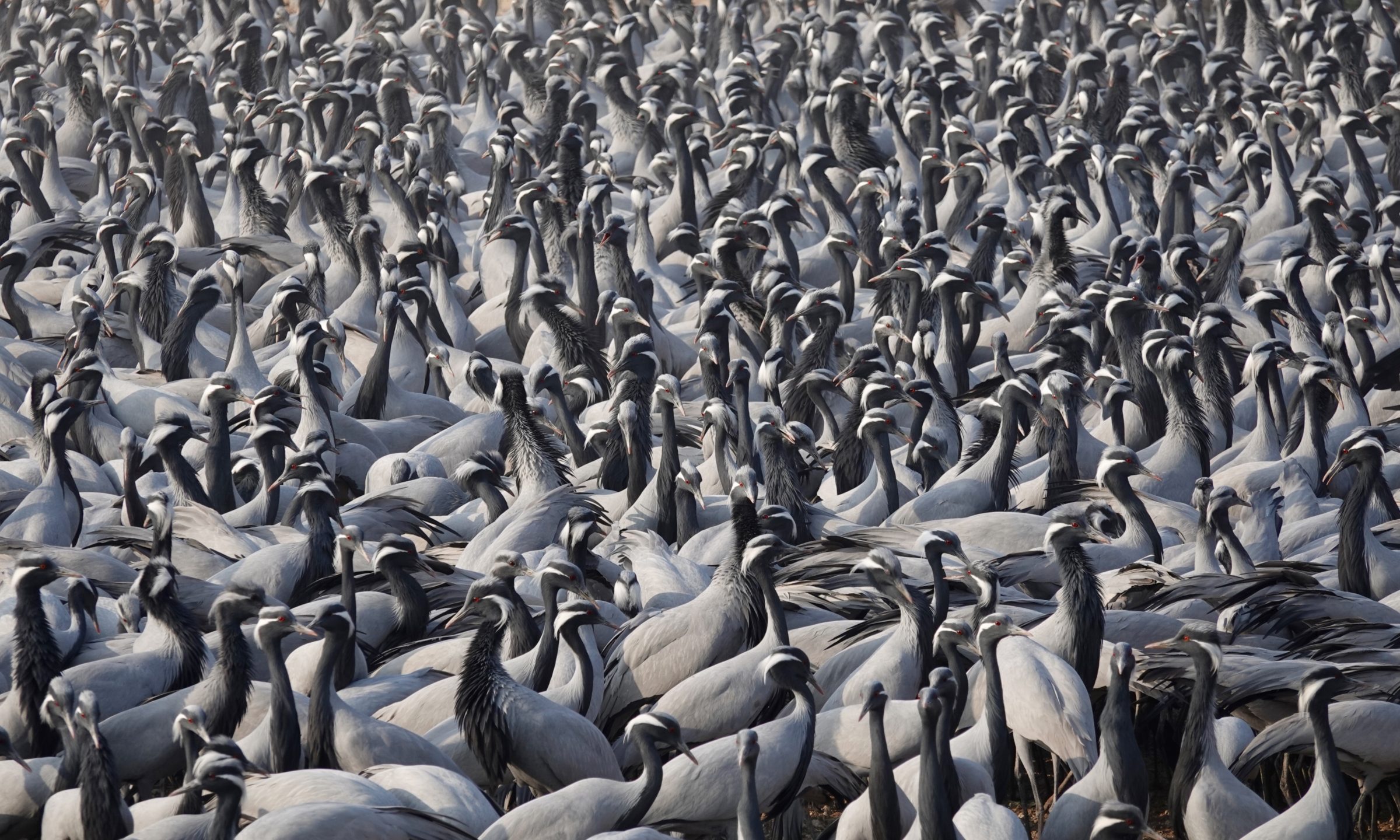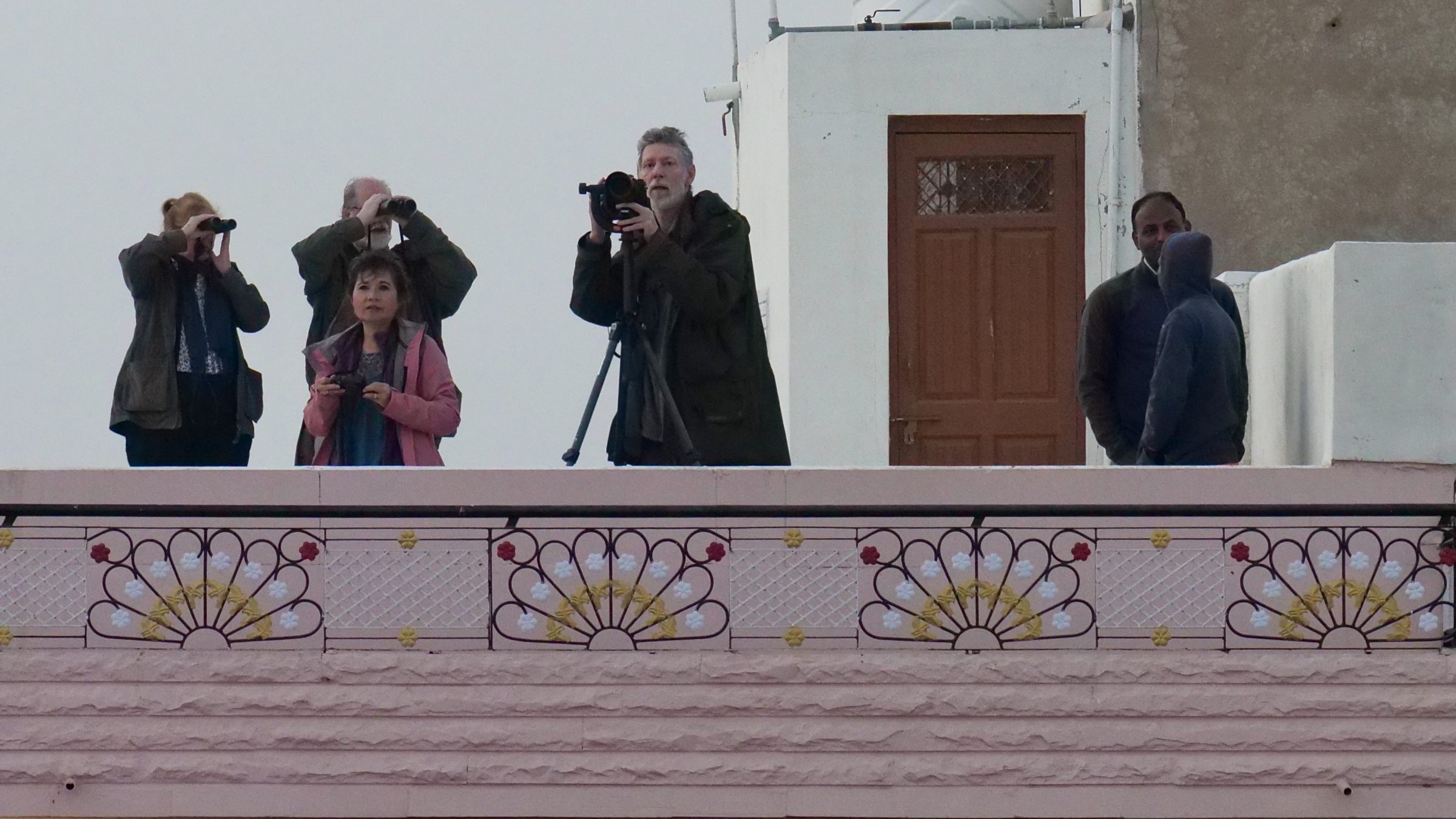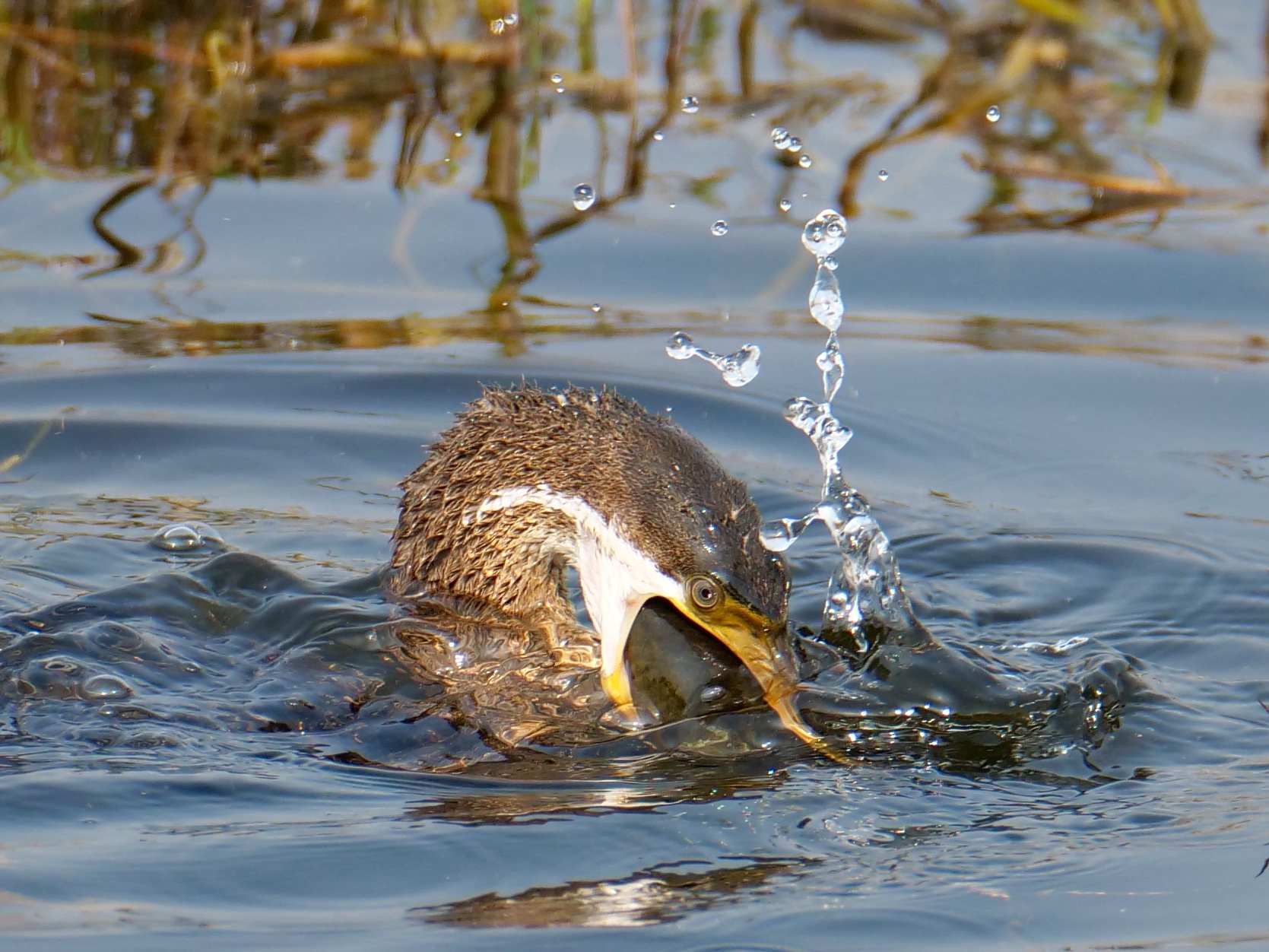The relevant city’s metropolitan population is approximately “Brisbane’s plus Adelaide’s” – well in excess of four million humans.
It is a safe bet that its “other large mammals’ combined population” would comfortably exceed that of all Australian cities.
What you are looking at would be “inconceivable” within an Australian CBD, but to those who reside in Rajasthan’s capital (and largest) city, this would be an unremarkable sight.
Comments closed